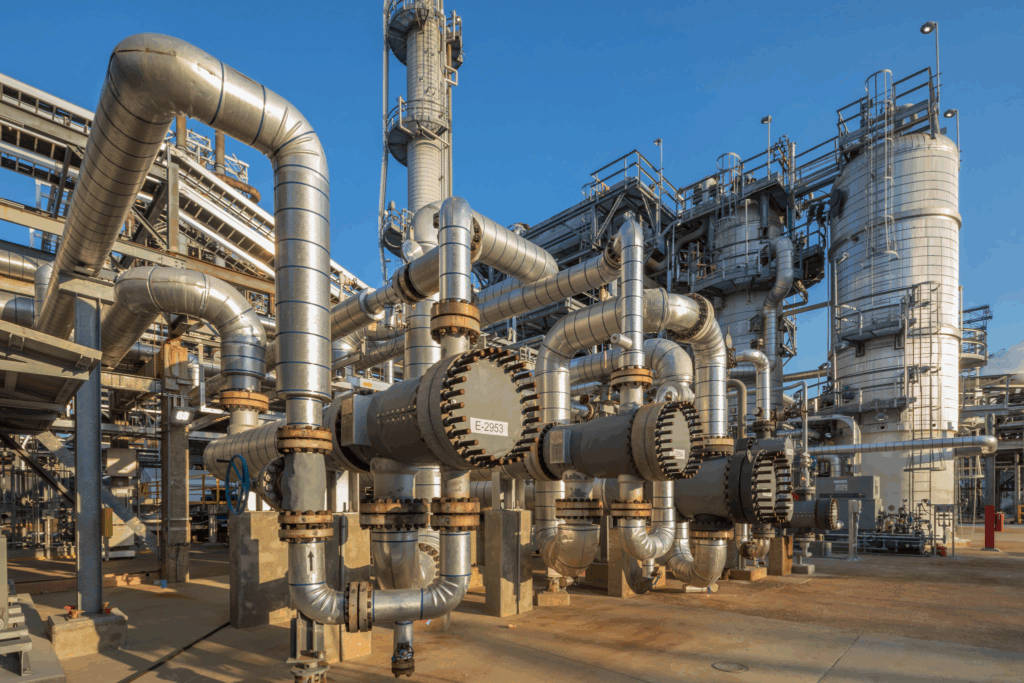Safety & ESG
- Home
- Safety & ESG
- Environmental Responsibility
Managing our environmental impacts
We apply recognised environmental management practices such as the mitigation hierarchy, the waste hierarchy, the precautionary approach, best available techniques, and the ISO 14001 environmental management principles. These environmental management practices are embedded in our governance, risk and performance framework. In the planning phase of our projects, before construction or operations can commence, we conduct environmental and social impact assessments. We use the outcomes to identify the measures we can put in place in our operations to lessen that impact.
We monitor the impact of our activities when they move into the operational phase and conduct environmental audits, as appropriate, to ensure compliance with our standards and to identify further opportunities for improvement. We engage with stakeholders throughout the lifecycle of our operations.
Climate governance
Our Board is responsible for our climate strategy and for ensuring LLP Olimpgaz maintains sound climate risk management and internal controls systems, including responsibility for setting and monitoring our company’s greenhouse gas (GHG) emission-reduction targets. They have oversight of climate-related risks and opportunities and ensure climate-related considerations are embedded in our decision-making, including the application of strict financial criteria, such as our internal carbon price, across all key investment decisions. At project level, the assessment of climate topics and related risks is an integral part of the project approval process.
We endorse the World Bank Zero Routine Flaring by 2030 initiative. In 2024, flaring amounted to 37 ktonnes (2023: 47 ktonnes), showing a reduction of 22 per cent through improved production efficiencies. Routine flaring made up 63 per cent of the total volume flared, with the remainder comprising non-routine flaring (such as from planned maintenance activities), and flaring for safety reasons. We work hard to avoid pollution and to continually assess the related risks associated with our production and other activities. These risks mainly relate to planned and unplanned discharges, and the production of waste.
The oil and gas industry is underpinned by rigorous environmental regulations and company management systems that are designed to minimise the risk of any potential negative environmental impact from offshore operations We understand the environmental challenges presented by operating in the oil and gas industry. Protecting the environment and striving for continuous improvement to reduce the environmental footprint of oil and gas activities has always been a key aspect of the industry’s plans and initiatives. It is also at the centre the work we do to ensure the sustainability of our own business.
The most significant environmental aspects originate from discharges to sea, emissions to air, waste, energy consumption and spills, and how these aspects affect biodiversity. The industry as a whole aims for an environmental impact that is as low as reasonably practicable, through adopting the use of best available techniques. Through the work completed with our joint venture partners and in tandem with our regulatory obligations, key environmental performance indicators with corresponding targets represent a core part of the development activities we are involved with. This includes metrics focused on minimising flare and vent volumes, greenhouse gas emissions associated with power generation and discharge of produced water.
Our development activities are concentrated in marine surroundings and we work with our joint venture partners and contractors to protect and conserve the related ecosystems and species within them. Activities in these areas are risk-assessed and monitored with regard to protection of sensitive benthic fauna and corals, coastal habitats, fish spawning and seabird breeding and feeding grounds.



